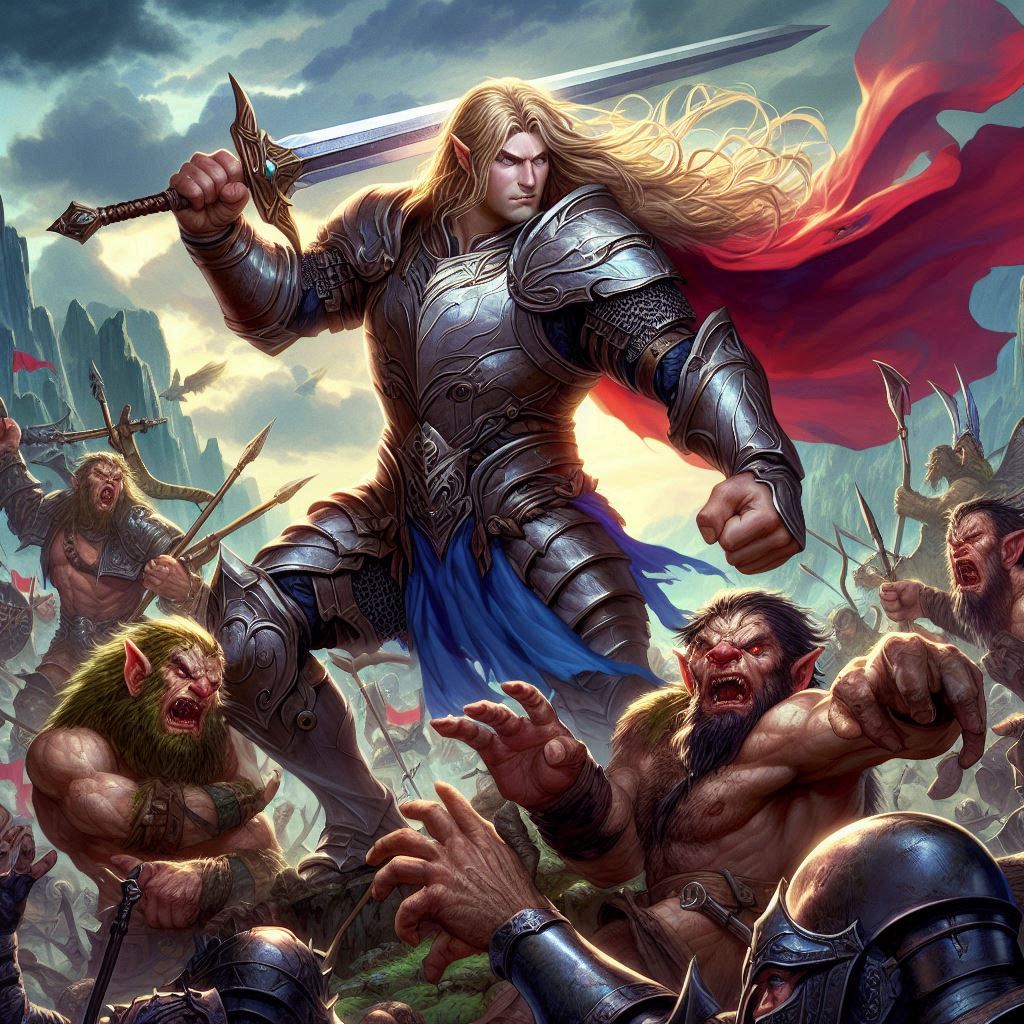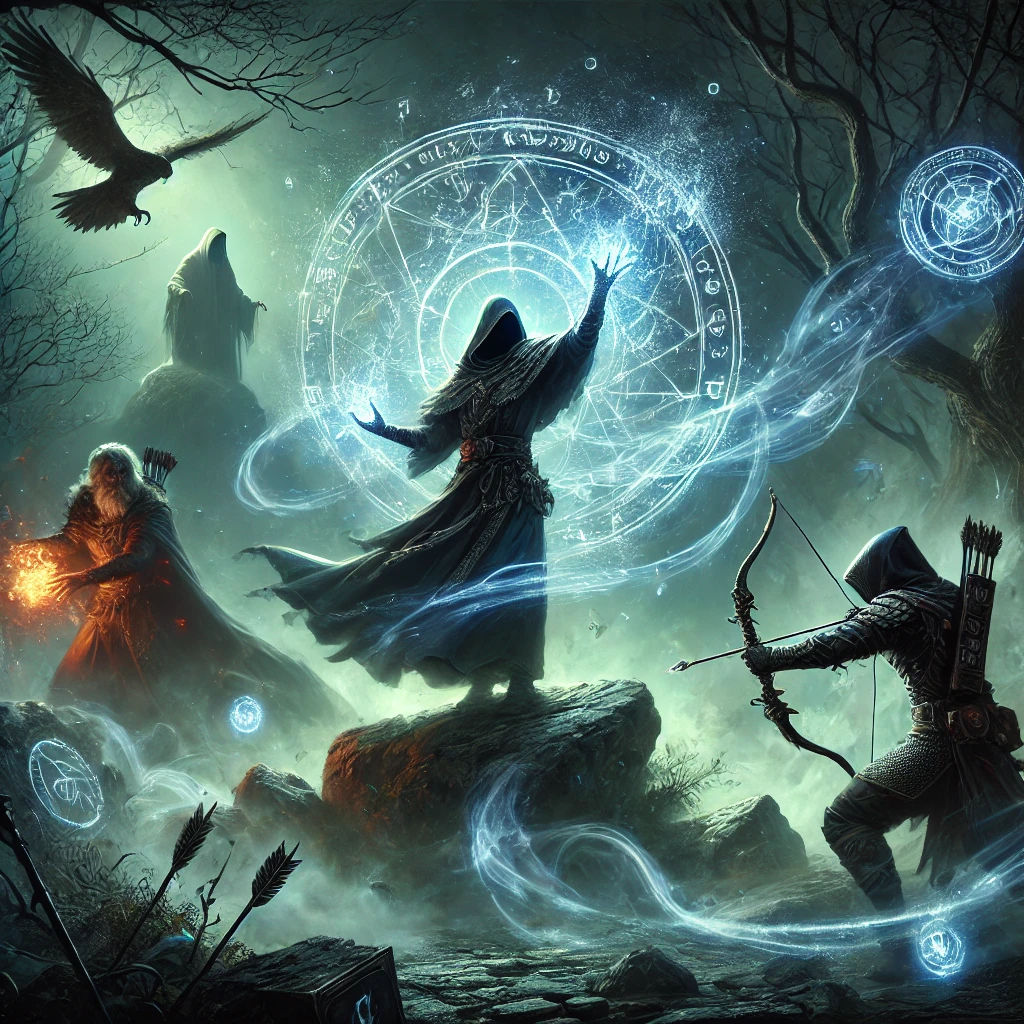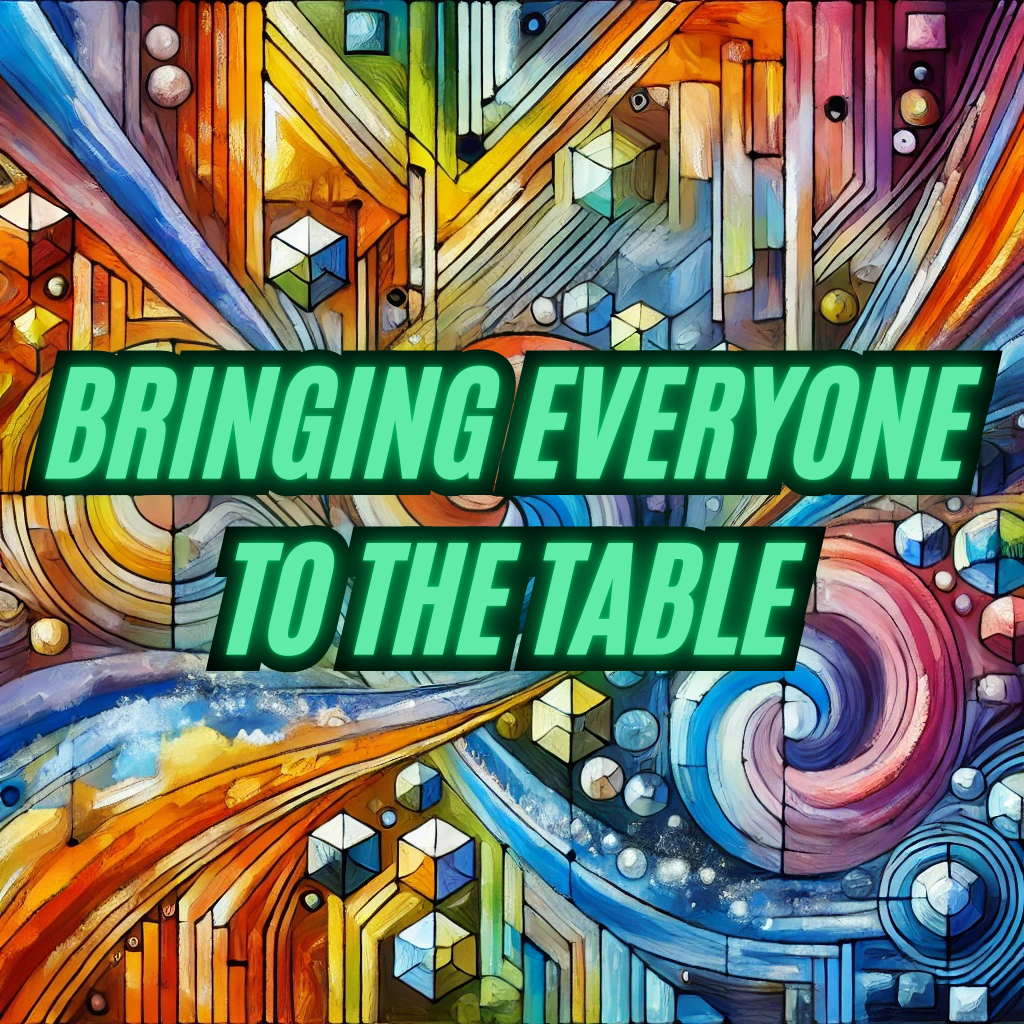Why an Optimized Character is Superior for a D&D Game
When it comes to Dungeons & Dragons (D&D), the debate between building an optimized character and choosing a purposely suboptimal one has fueled countless discussions among players. While there’s merit to both approaches depending on the type of game you’re playing, optimized characters often provide a superior experience for both the player and the group. Here’s why.
1. Optimized Characters Contribute More to the Party
D&D is a cooperative game where each character’s strengths support the group’s success. By optimizing your character, you ensure they excel in their chosen role, whether it’s dealing damage, healing allies, or protecting the party. This level of effectiveness helps the entire group overcome challenges more efficiently and reduces the risk of failure during encounters.
For example, a fighter who maximizes their armor class and attack rolls will consistently absorb damage and draw enemy attacks, protecting squishier teammates. A spellcaster who prioritizes high spell save DCs ensures their area-of-effect spells land when it matters most.
2. Enhanced Roleplaying Through Specialization
Contrary to the belief that optimization limits roleplaying, an optimized character can actually enhance storytelling. Specialization often comes with a backstory that justifies their strengths. Perhaps your rogue trained with a legendary thieves’ guild to perfect their stealth skills, or your sorcerer’s innate magic is a gift from an ancient dragon ancestor. This focus provides fertile ground for immersive and meaningful roleplay.
Suboptimal characters can sometimes feel shoehorned into situations where they struggle to contribute meaningfully, leading to frustration rather than fun. Optimization ensures that your character’s abilities align with their story and the group’s needs.
3. Character Flaws Should Be Separate From Abilities
One common misconception in character design is that flaws must directly affect a character’s mechanical abilities. In reality, character flaws are best expressed through personality, backstory, or roleplaying choices rather than handicapping game mechanics.
For example, a paladin might have a crippling fear of failure that drives their obsessive need for perfection, but this doesn’t mean they should have penalties to attack rolls or saving throws. Similarly, a wizard might be overly arrogant and dismissive of others, leading to tense interactions in roleplay, but their intelligence stat should still reflect their mastery of magic.
By keeping flaws separate from abilities, you create a well-rounded character who is both fun to play and effective in the game. This approach ensures that flaws enrich the narrative without undermining the group’s overall success.
4. Better Engagement with the Mechanics
D&D’s complex ruleset is a big part of what makes the game so enjoyable. Optimized characters take full advantage of these mechanics, allowing players to experience the system’s depth and nuances. For instance, building a warlock with Eldritch Invocations like Agonizing Blast provides consistent and satisfying damage output, showcasing the potential of the class.
Engaging with the mechanics isn’t just about numbers; it’s about discovering synergies, making strategic decisions, and feeling rewarded for your choices. An optimized build keeps you actively involved and excited about how your character grows and performs.
5. Challenges Scale With Party Capability
Dungeon Masters (DMs) often design encounters to challenge the party’s abilities. When a group has optimized characters, the DM can create more intricate and exciting encounters without worrying about overwhelming the players. This dynamic leads to a more thrilling and satisfying game for everyone involved.
In contrast, if a party includes one or two deliberately suboptimal characters, the DM will find it difficult to balance encounters. And this can lead to dissatisfaction by everyone at the table. Players might not feel challenged, or feel that they are being treated unfairly. The DM might feel frustrated that so much extra thought has to go into encounter design or be unsatisfied with dull boring fights.
6. Fun Isn’t Sacrificed for You or Others
While playing a quirky, suboptimal character might sound fun on paper, the novelty can wear off quickly if you’re consistently underperforming. This can lead to frustration not only for you but also for your fellow players, who may feel the strain of having to compensate for your character’s shortcomings.
Optimized characters strike a balance between fun and functionality. They’re still shaped by your creativity and personality, but they’re also capable of contributing effectively to the group’s success.
Conclusion: Optimization is a Tool for Better Storytelling and Gameplay
An optimized character doesn’t mean sacrificing creativity or individuality. Instead, it’s a way to ensure your character thrives within the story and mechanics of D&D. By excelling in their role, engaging deeply with the system, and enabling challenging encounters, optimized characters enhance the experience for both you and your group.
Remember, D&D is ultimately about having fun with your friends. While suboptimal characters might fit certain comedic or narrative situations, optimized builds ensure that your character’s contribution is both impactful and enjoyable for everyone.




